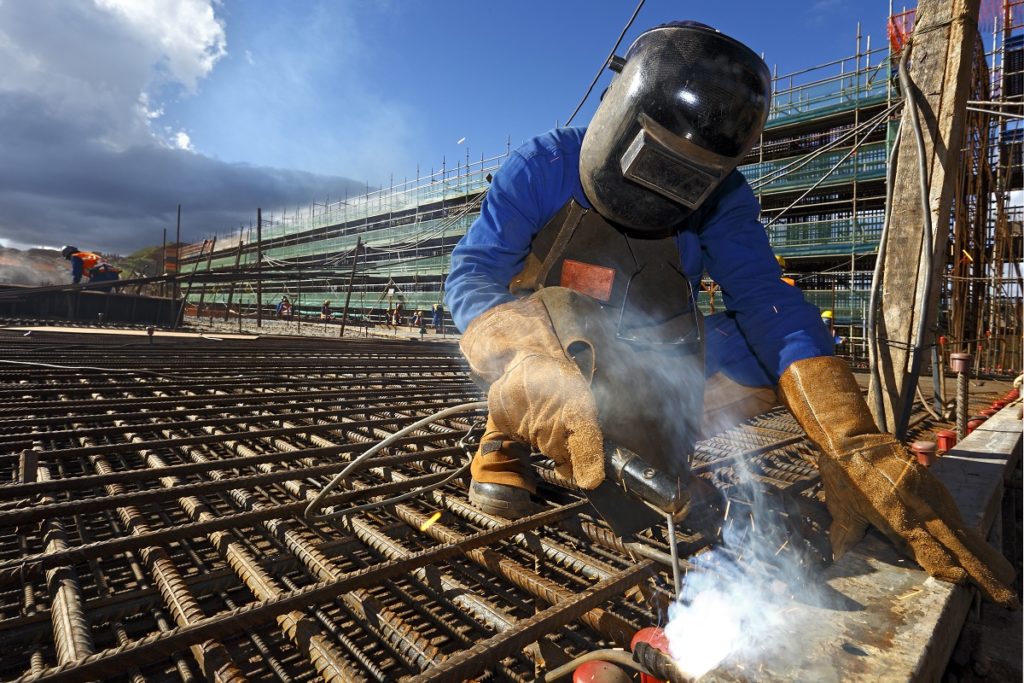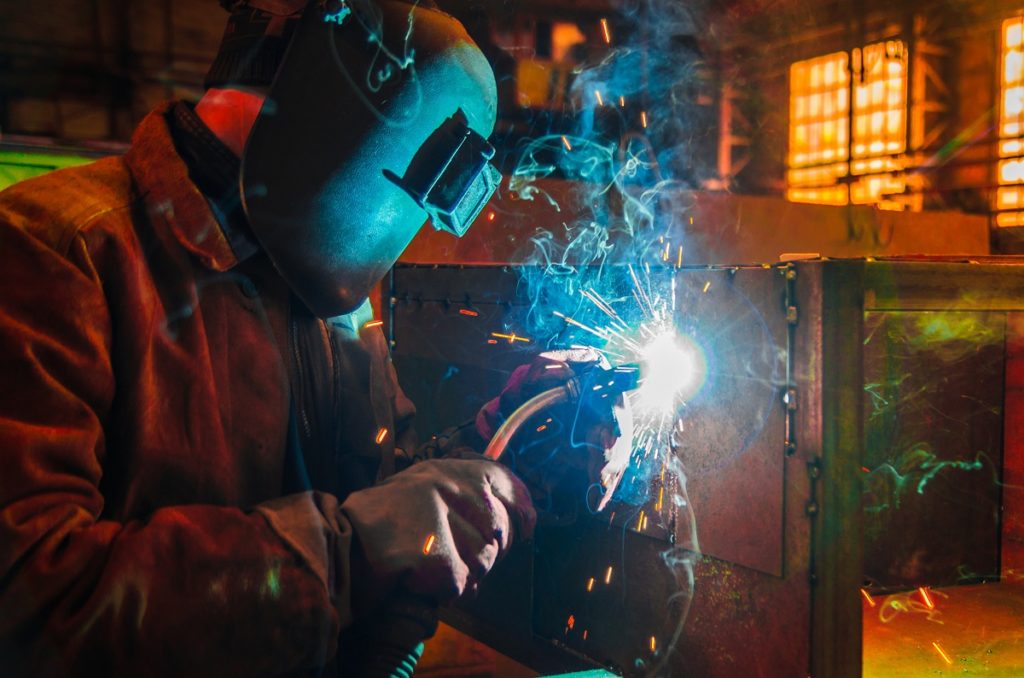Welders deal with a lot of hazards, such as noxious fumes, molten metal, and ultraviolet and infrared lights. To avoid injuries and for you to focus on welding, you need to protect yourself from these dangers by wearing the appropriate welding safety equipment.
Here are the essentials:
Welding helmet
Welding helmets should be as essential as a welding torch and machine. They have a lot of specialised designs and can also come in the form of hoods or masks. These helmets are generally made to shield the face and neck from radiation and sparks, since the radiation emitted when arc welding could cause serious damage to the skin and eyes.
The eye panel of welding helmets need to be darkened to shield the eyes from radiation and lights. Traditional welding helmets need to be flipped up and down between welds to shade your eyes. Nowadays, there are auto-darkening helmets that you do not need to flip. This type of welding helmet makes it easier for welders to produce consistent and high-quality welds and eliminates the neck fatigue commonly caused by flipping traditional helmets.
Safety glasses
Most welding helmet manufacturers would recommend that welders wear safety glasses under the welding helmet. Ideally, safety glasses should be comfortable and compliant with the national safety standards.
Welding gloves
A welder’s hands work very close to the arc and are exposed to extreme heat and radiation. Welding gloves are made to be flame-resistant and durable while maintaining dexterity. There are a lot of glove options available for MIG and TIG welding, including heavy-duty, standard-duty, and women’s gloves.
Heavy-duty gloves protect the hands from heat and spatter. Aside from being flame-resistant, they usually have multiple layers of insulation and heavy stitching. Some even have silicone patches to provide additional protection from heat and spatter.
Standard-duty welding gloves are usually made of leather. They are have less insulation than heavy-duty gloves, but offer more dexterity. There are also several types of standard-duty welding gloves, such as the heavier, lined gloves, and the unlined light-duty and medium-duty gloves.
Most TIG welding gloves, on the other hand, are flexible and durable. They are usually unlined and are made of soft, heat-resistant leather made of goat or deer hide. TIG gloves are supposed to fit snugly so that welders can easily handle welding electrodes.
Welding jacket
Welding jackets are made to be flame-resistant and durable. Traditionally, welders wear leather jackets, since they are good for medium-duty and heavy-duty applications and are naturally durable and fire-resistant. However, it can get really hot under the leather. A more modern type of welding jackets is made of flame-resistant fabrics that are lighter and more breathable.
Welding boots

Shoelaces can catch fire, so specialised boots are needed for welding. Work boots that are specifically made for welding are built to offer fire-resistance and protection on the top of the foot from any debris that could fall from the welding project.
A typical alternative to welding-specific boots are heat-resistant leather spats, gaiters or boot covers. They are more convenient since you would just wear them over your footwear without having to change. Spats can be lighter to wear and are also less expensive than welding boots.
There are other types of welding apparel that you can wear for additional safety. Just remember to make sure that the equipment you get are compliant with national and local standards.

